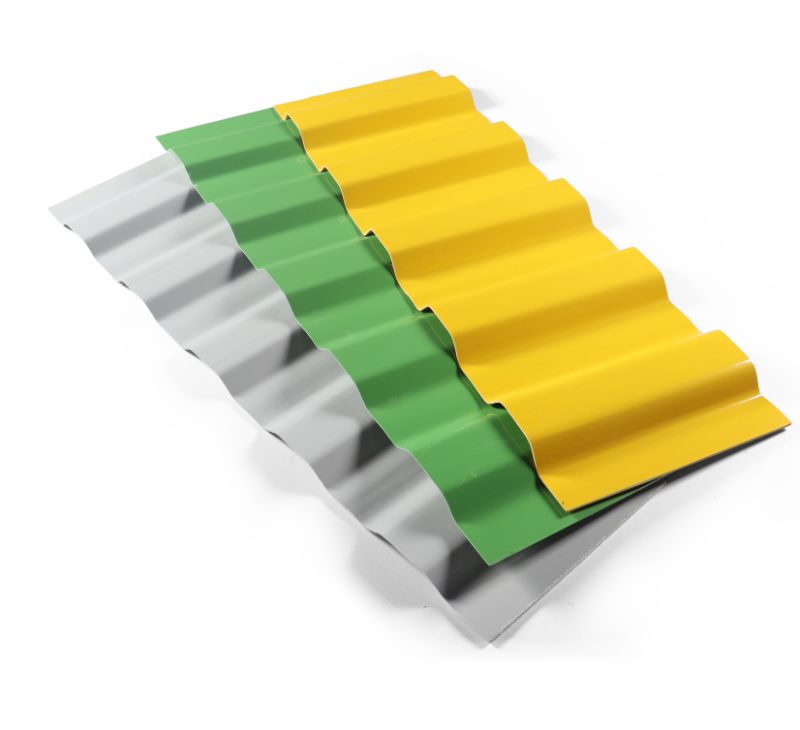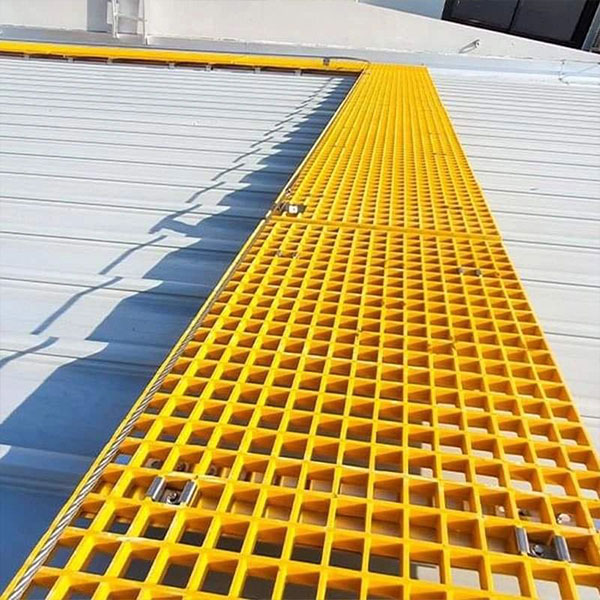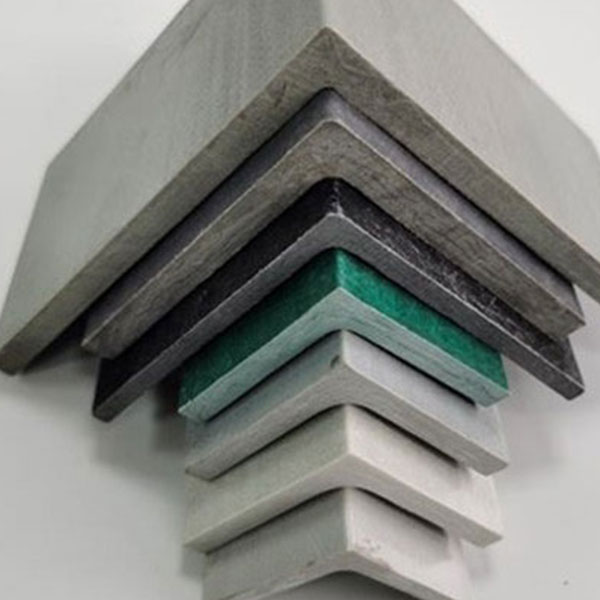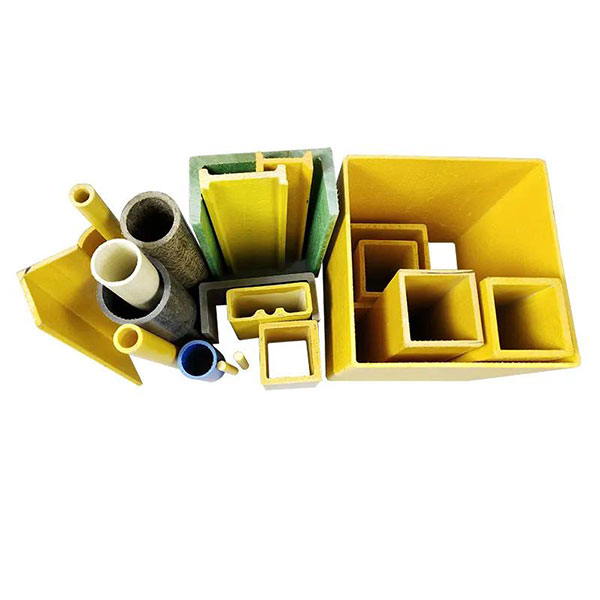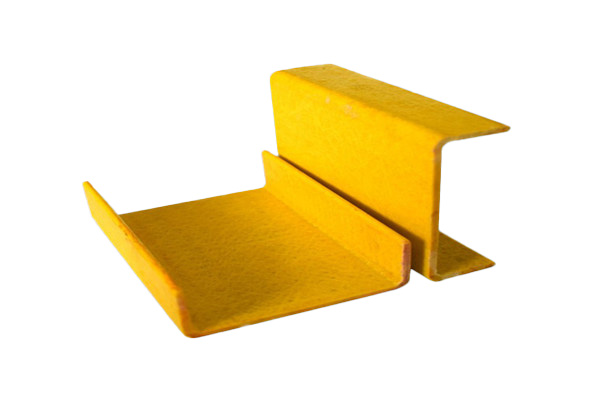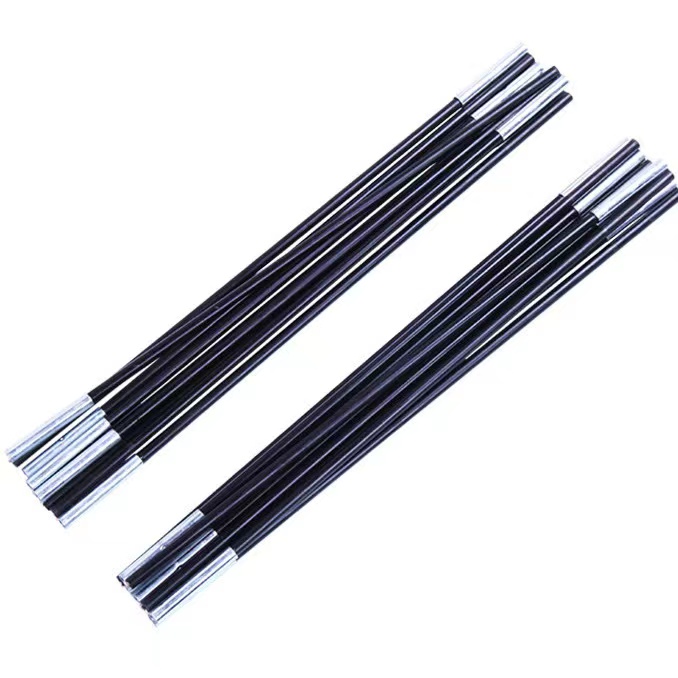Pengenalan kinerja produk
Fiberglass Roofing Tiles are high-performance, lightweight roofing components manufactured using continuous fiberglass strands embedded in a thermosetting resin matrix. Designed for superior weather resistance and mechanical durability, these tiles provide an ideal alternative to traditional roofing materials such as clay, asphalt shingles, or metal sheets. Fiberglass roofing tiles are available in a range of profiles, colors, and finishes to suit architectural and industrial applications.
2. Composition & Structure
- Base Reinforcement: E-glass or C-glass continuous fiber mat
- Resin Matrix: Unsaturated polyester resin (UPR), optionally modified with additives for UV resistance and fire retardance
- Surface Coating: Gel coat or UV-stabilized top film for enhanced longevity
- Optional Fillers: Calcium carbonate, alumina trihydrate, or other minerals for mechanical tuning and flame retardancy
3. Physical Properties
| Properti | Typical Value | Metode Tes |
|---|---|---|
| Ketebalan | 2.0 – 4.0 mm | Caliper |
| Kepadatan | 1.4 – 1.8 g/cm³ | ASTM D792 |
| Kekuatan Lentur | ≥ 180 MPa | ASTM D790 |
| Daya tarik | ≥ 100 MPa | ASTM D638 |
| Water Absorption (24h) | < 0.5% | ASTM D570 |
| Thermal Conductivity | 0.3 – 0.4 W/m·K | ASTM C177 |
| Service Temperature | -40°C to +120°C | Internal Standard |
| Fire Rating (Optional) | UL 94 V-0 / Class B (NFPA) | ASTM E84 / UL 94 |
| Resistensi UV | > 1000 hours with no degradation | QUV Test (ASTM G154) |
4. Advantages
- Ringan: Easier handling and lower structural load
- Tahan Korosi: Ideal for coastal and chemical environments
- UV Resistant: Long-term color retention and surface integrity
- Isolasi Termal: Reduces heat transmission into buildings
- Daya tahan: Long service life, up to 25–30 years with proper installation
- Design Flexibility: Compatible with various architectural styles
5. Applications
- Residential and commercial roofing
- Industrial and warehouse structures
- Greenhouse canopies and pergolas
- Temporary or modular shelters
- Coastal and chemical processing facilities requiring non-corrosive roofing
6. Installation Recommendations
- Install over a solid or purlin-supported frame
- Overlap tiles by at least 100mm for water tightness
- Use corrosion-resistant fasteners and washers
- Avoid overtightening to prevent cracking
- Maintain proper ventilation under roof for condensation control
7. Packaging & Storage
Fiberglass roofing tiles are packed in palletized stacks or wooden crates. Each unit is covered with protective film and labeled with model, batch number, and manufacturing date. Store in a dry, covered area away from direct sunlight to preserve surface coatings.
8. Safety & Handling
- Use gloves and safety glasses during installation
- Cut using diamond or carbide blades with dust extraction
- Follow local disposal regulations for composite waste
Fiberglass Roofing Tiles
aplikasi
Residential and commercial roofing Industrial and warehouse structures Greenhouse canopies and pergolas Temporary or modular shelters Coastal and chemical processing facilities requiring non-corrosive roofing
Ketebalan :
2.0 – 4.0 mm
Density :
1.4 – 1.8 g/cm³
Flexural Strength :
≥ 180 MPa
Pertanyaan Umum
Q :
What are fiberglass roofing tiles made of?
A :
Fiberglass roofing tiles are made from woven or chopped fiberglass strands reinforced with a polyester or epoxy resin. They often include UV inhibitors, color pigments, and a surface gel coat to enhance durability and appearance.
Q :
How long do fiberglass roofing tiles last?
A :
With proper installation and minimal maintenance, fiberglass roofing tiles can last 25 to 30 years. Their resistance to UV, corrosion, and moisture gives them a longer lifespan than traditional asphalt shingles in harsh environments.
Q :
Are fiberglass roofing tiles waterproof?
A :
Yes. Fiberglass itself is non-porous and highly water-resistant. When properly overlapped and sealed during installation, fiberglass tiles provide excellent protection against rain, humidity, and leaks.
Q :
Can fiberglass roofing tiles withstand extreme weather?
A :
Fiberglass roofing is designed to withstand heavy rain, strong winds, hail, and temperature fluctuations from -40°C to +120°C. Fire-retardant grades are also available for added protection in wildfire-prone areas.
Q :
Are they lightweight compared to other roofing options?
A :
Yes. Fiberglass tiles are significantly lighter than concrete, clay, or metal roofing—typically weighing 50–70% less, making them easier to transport, handle, and install.
Q :
Can fiberglass roofing tiles be walked on?
A :
They can be walked on carefully, especially if supported beneath. It’s recommended to step on the lower part of the tile where it overlaps the purlins or battens. Use soft-soled shoes and avoid sharp pressure points.
Q :
Are fiberglass roofing tiles environmentally friendly?
A :
Fiberglass roofing is durable, long-lasting, and often made with low-VOC resins. While not biodegradable, their extended service life reduces the need for frequent replacements, lowering overall environmental impact.
Produk terkait lainnya

